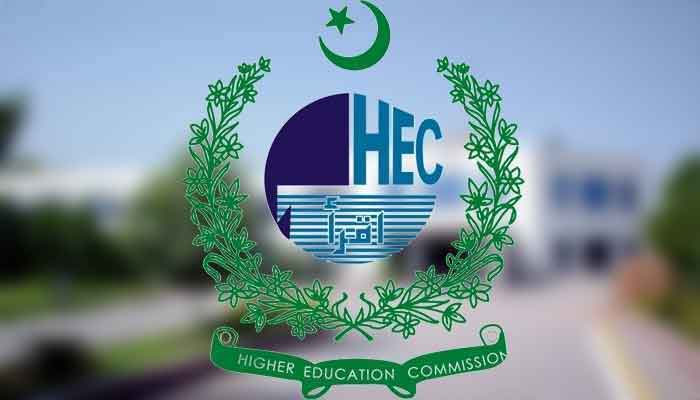Socioeconomic Impact of Solar Pump on Farmer Livelihood in Southern Punjab, Pakistan: A Case Study of District Vehari
Keywords:
Solar Pump, Farmer Livelihood, Southern Punjab, Partial Least Square, Structural Equation ModelAbstract
This study enlightens the socio-economic impact of solar energy on farmer livelihood of District Vehari. This is a quantitative study and primary data has been collected through well-structured questionnaire. Structure equation modelling (SEM) is adopted to analyse the impact of observed and unobserved variables on farmer livelihood as well as socio-economic well-being. A comparison of adopter and non-adopter has been done. Socio-economic well-being shows positive and significant on farmer livelihood but strength of impact in case of users of solar pump is more than non-users. In case of total income partial mediation takes place and has direct and indirect (through solar energy) impact is positive and significant on socio-economic well-being. Highest education in family has insignificant impact on solar energy showing that it does not play any role in adoption. The actual reason of non-adoption that has been observed is high cost of solar panel so there is need subsidised the installation of it by the government.
Downloads
Published
How to Cite
Issue
Section
License
Copyright (c) 2020 Journal of Contemporary Macroeconomic Issues

This work is licensed under a Creative Commons Attribution-ShareAlike 4.0 International License.







